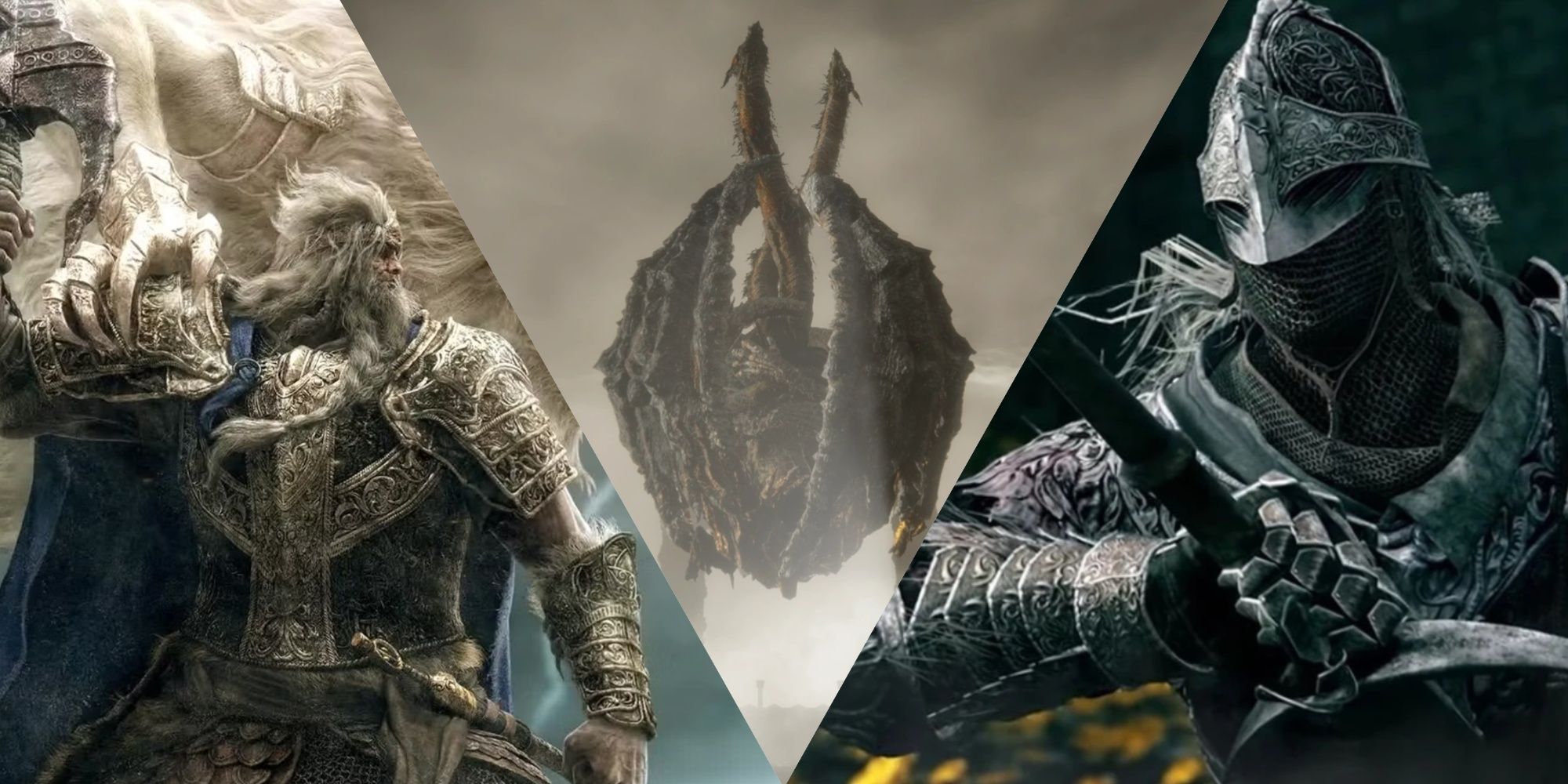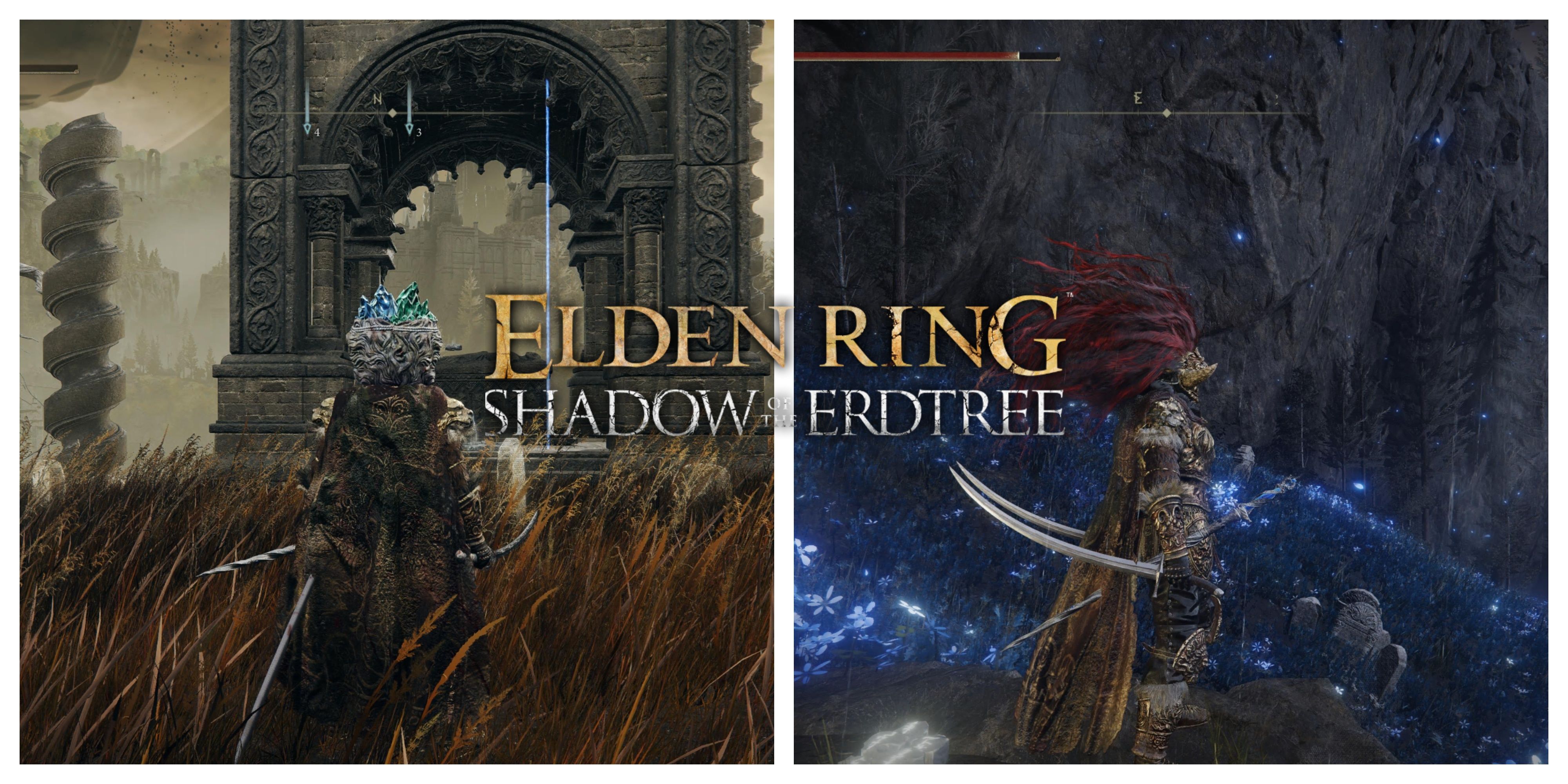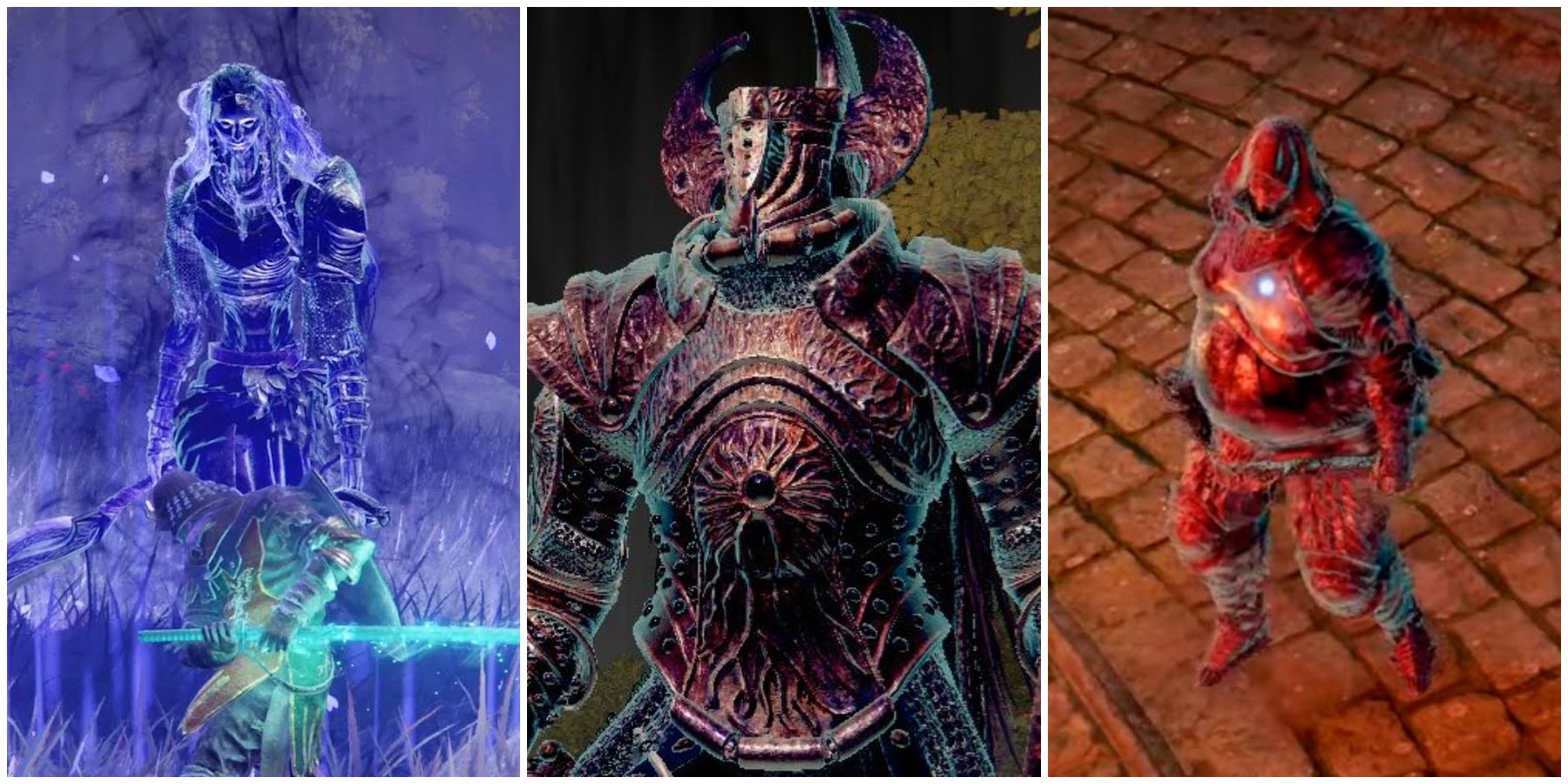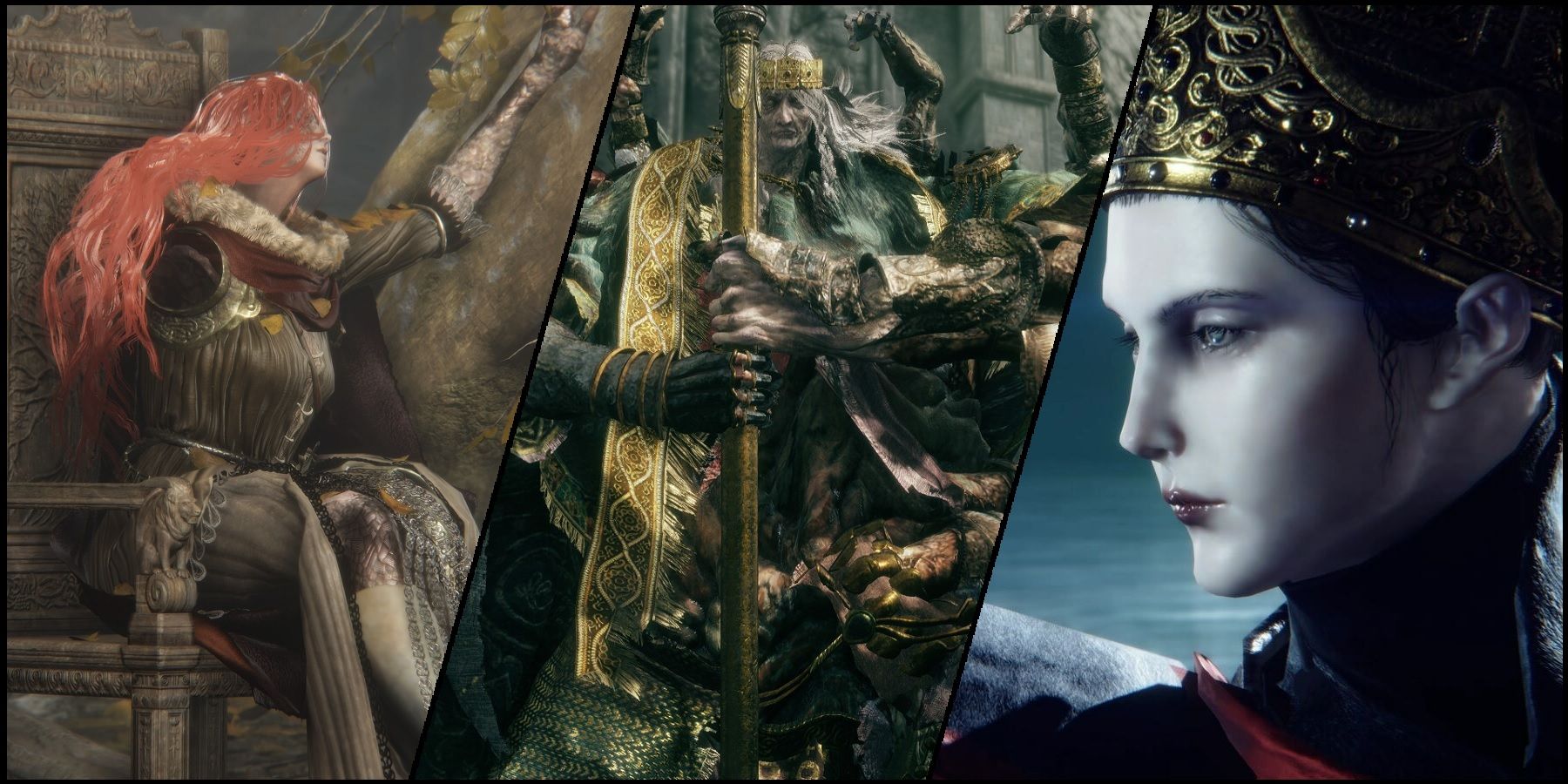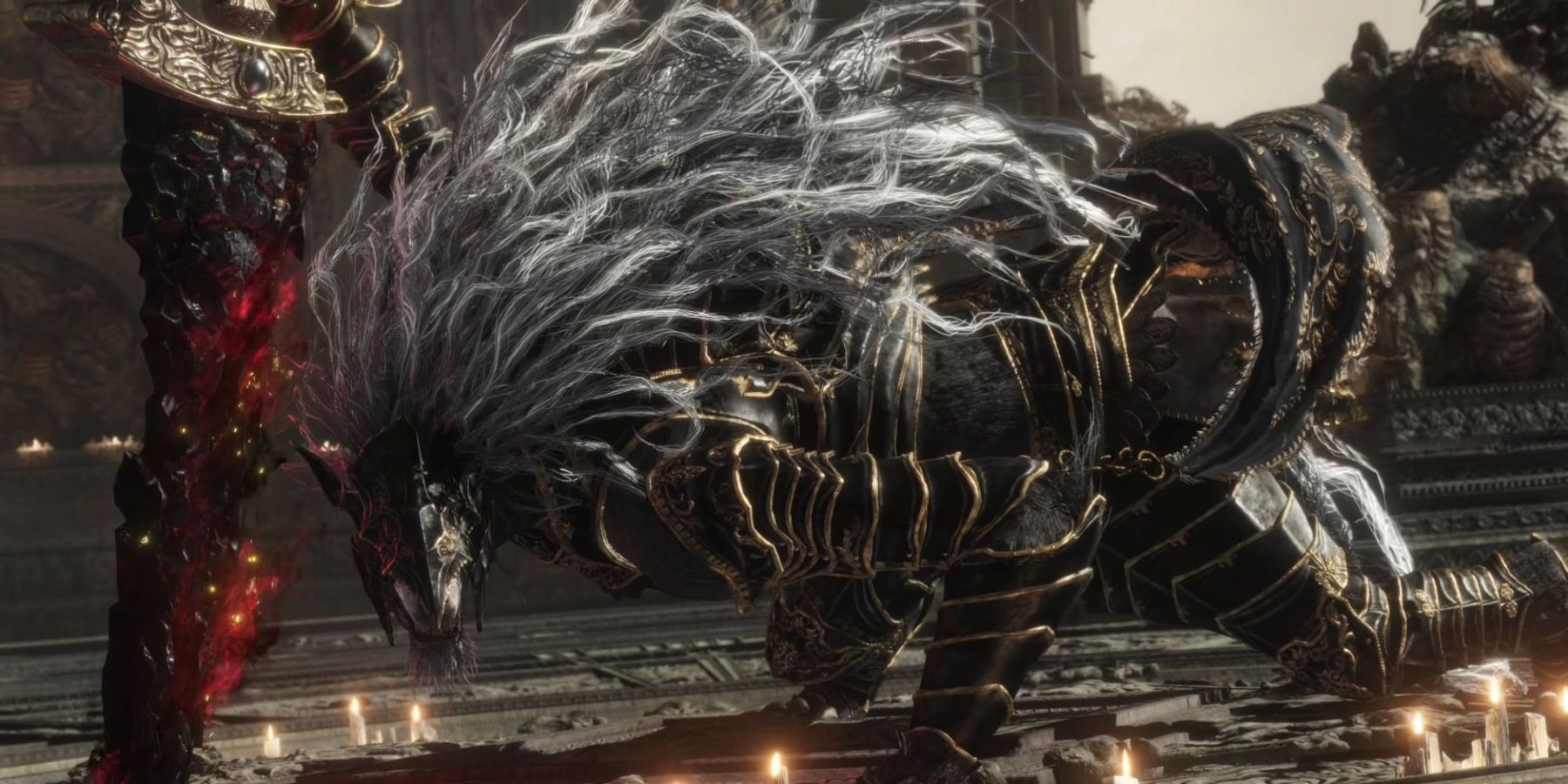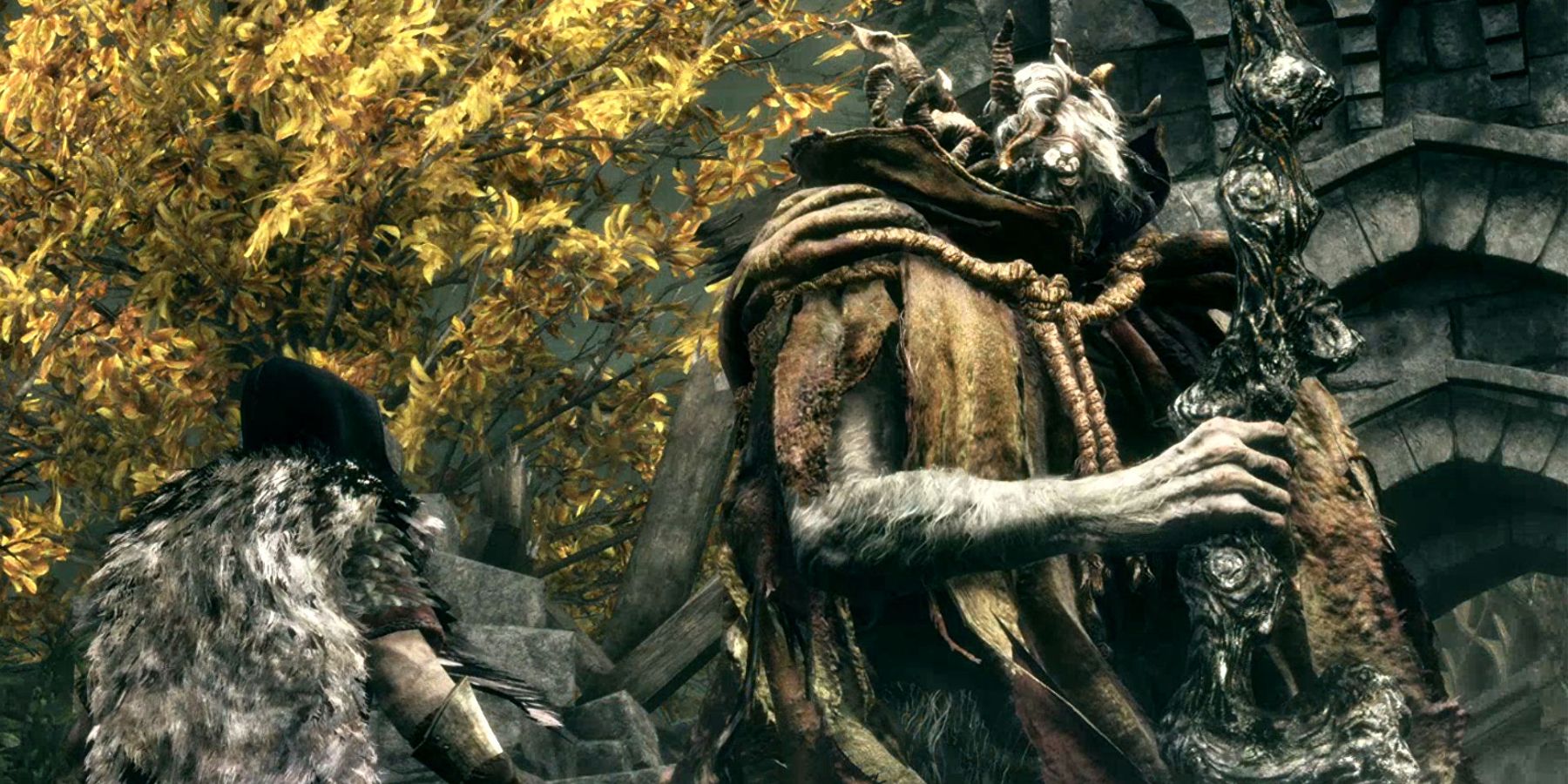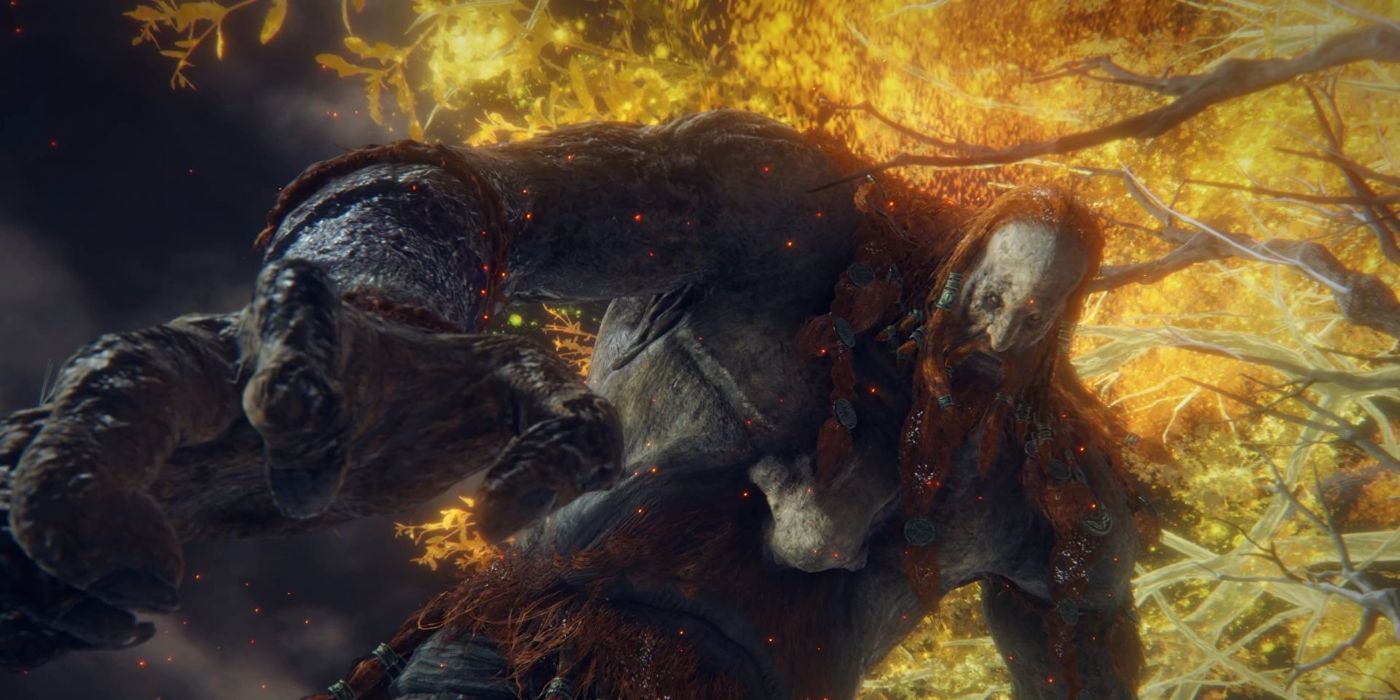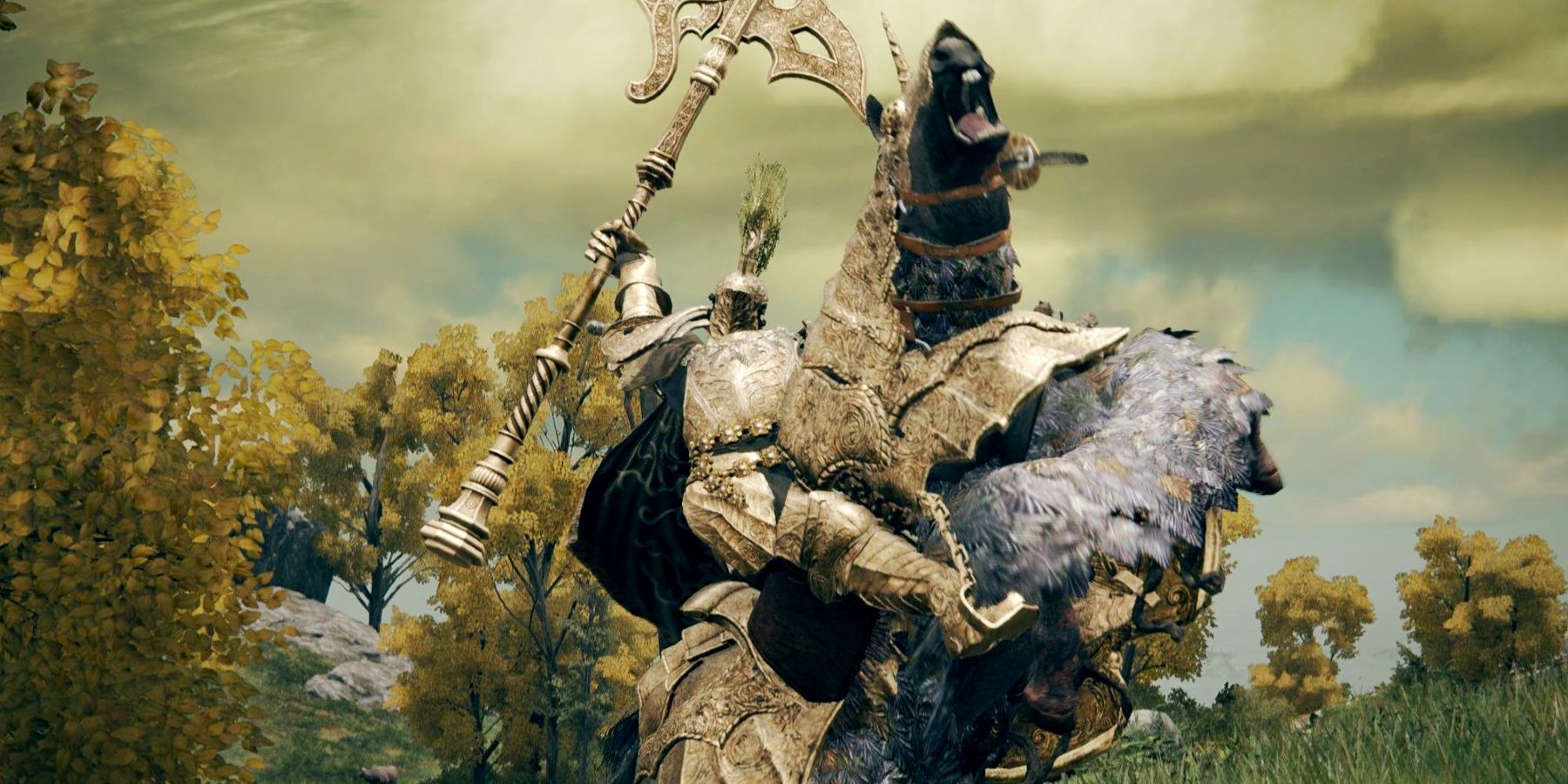It's no secret that when developer FromSoftware sets out to make a new game, it's going to be one of the more difficult experiences players will face off against for quite some time. This trend has continued into the recent release of Elden Ring, though it does seem that something about the new open-world title has led a lot of players to criticize the developer's boss designs.
Many of these complaints do somewhat stem from difficulty, with a number of the most widely spread opinions specifically targeting the challenge level of the boss encounters in Elden Ring. However, plenty of what players are critical of when it comes to boss design has a lot to do with how they perceive the fairness in the way the game and these enemies present themselves.
Elden Ring's Elevated Boss Aggression
If there's anything that defines the bosses in Elden Ring, it's the fact that they seem to be hyper aggressive, especially when compared to enemies from previous FromSoftware games. At times, it can seem like there is no break between the start of one combo and the end of another, giving players no time to get their own attacks in. Players also have to contend with combos of varying length that appear to go on and on before the boss finally puts down their weapon, before jumping quickly into another long combo.
This perception isn't entirely inaccurate, as bosses do tend to have very long combos and string them together at a higher pace than they might have in a previous game. However, it should be noted that this increase in aggression isn't entirely out of line with designs from the series, especially for players familiar with the high-paced combat in Sekiro: Shadows Die Twice. While blocking and dodging in Elden Ring is very different from that previous game, many of the enemies that players consider to be the best in FromSoftware's catalog tend to be the ones that attack relentlessly.
Delayed and Absent Telegraphs
A core component to combat in FromSoftware titles is the ability to read what an enemy is about to do and counter it by either dodging out of the way, putting up a shield, or attacking before the hit can land. It's reading these telegraphs properly that can often make fights like Bloodborne's Orphan of Kos so satisfying. So, with players complaining that telegraphs have been readjusted to be more difficult to read, a lot of players have been left stumped on even the earliest bosses.
In contrast to the complaints about enemy aggression, the telegraphs are a fair point of contention, especially for players who might already be used to the FromSoftware design philosophy. This design had once been what made The Nameless King, the secret boss of Dark Souls 3, so much more difficult than the rest of that game's cast. However, with players being force to learn to dodge later than normal just to get past Elden Ring's first major boss Margit, it sets up for every boss to intentionally trick the player until they memorize each individual rhythm on every enemy.
Additionally, the opposite problem appears for a number of the most difficult bosses that the player faces, especially as they approach the end of the game. One example that most players notice at the very end of the game comes from Elden Ring's final boss Radagon, who gains the ability to teleport in his second phase. This teleport can happen at any time while he's not ordinarily attacking, and does a small area of affect pulse around him when he leaves and reappears. The boss will also reappear at the start of a new combo, meaning that if the pulse stuns the player, it can stun-lock them into instant death depending on the specific attacks chosen.
Late-Game Damage is Unbalanced
Commentary on Elden Ring being unbalanced is generally commenting on the areas after Lyndell, when the player then heads off towards the Mountaintops of the Giants, followed by Crumbling Faram Azula. Fans have complained that, after this point, the amount of damage is so high that players either need to have extremely high Vigor or else they'll be killed in one hit. As a result, builds that had been able to survive all the way through the Morgott fight suddenly aren't able to last against the base enemies.
This complaint admittedly does hold some merit in that late-game enemies and bosses deal several hundred damage per hit, when the soft cap stops giving major benefits to health beyond a thousand. However, while this does make low Vigor builds difficult in later sections of the game, the ability to respec in Elden Ring is easier to unlock and more plentiful than it has been in previous games. Additionally, on a casual playthrough that has likely been exploring the open field beyond just rushing through every legacy dungeon, players will likely have a lot of runes to work with for making high-level builds.
A Lack of Unique Bosses
When it comes to complaints about Elden Ring's bosses, or even the game in general, it's hard to look anywhere in the fan community without tripping over a hundred arguments about reused bosses. Some bosses are less egregious, like the Erdtree Avatars that guard some of the crystal tears that can be mixed into the Wondrous Physick, since it makes logical sense that they would be very similar. However, it's generally the enemies used as the end boss of a catacomb or mine that generally seems to rub players the wrong way.
There are definitely some bosses shoved into tiny rooms that they are too big for, like the Magma Wyrm that guards the Moonveil Katana, or two or three enemies shoved into the same encounter like the Crucible Knights in Auriza Hero's Grave. That being said, Elden Ring is huge, boasting 165 boss encounters with a health bar appearing at the bottom of the screen. It's entirely likely that no developer would have had the time and resources to be able to make unique bosses for all of these planned encounters. So, while some of these reuses might be better than others, it's one of the only ways that players would have gotten a game at the scope of Elden Ring in the first place.
Elden Ring is available now for PC, PS4, PS5, Xbox One, and Xbox Series X/S.

